Radish is considered the most common element of salad. Radish, referred to as Raphanus sativus scientifically, is definitely an edible root vegetable that belongs to the family Brassicaceae. It’s got sweet or even stinky flavor along with abundant of juice.There are many different types of radishes, based upon their color, size and time period of cultivation time. Radishes could be white, black, purple or red in color and long, round or even cylindrical in shape. A few radishes are grown because of their seeds, whilst oilseed radishes are grown for oil production. Radish seeds are delicious and could be included with salads for the crispy, spicy taste.Because of therapeutic qualities of seeds, some types of radishes are especially grown for the seeds or even seed pods. Radish seeds are sprouted as well as consumed much like other sprouts. Seed extract may also be used.
Health Benefits of Radish Seeds
Radish seeds or even daikon seeds have been utilized for hundreds of years to deal with numerous health issues. They assist to cure indigestion, decrease fatigue as well as cleanse blood and body. They may be efficiently utilized to cure migraine headache, sore throats, edema, congestion and hangovers. They are also beneficial for bloating, diabetes, acne and cellulite. Radish seeds are helpful to improve immune kidney function, boost immune system as well as boost the circulation of blood. Radish seed oil is utilized to heal as well as soften dry, cracked skin.
Listed here are some well-liked health advantages of Radish Seeds:
1. Wonderful Detoxifying Agent
Radish seeds are excellent detoxifying agents which help in eliminating the damaging toxic materials and free-radicals through the body.
2. Control Blood Pressure
The potassium content of radish seeds works well for reducing down the blood pressure level. Potassium works well for dialating the blood vessels which often energizes the normal blood circulation within the body. Therefore it’s better to include radish seeds in your daily schedule to manage the problem of high blood pressure levels.
3. Improving digestion
Radish is a superb natural source of fiber. This and also the herb’s anti-inflammatory qualities allows it to help your digestive system. Radish seeds assist reduce indigestion as well as bowel problems. By extension, these effects help with the management of hemorrhoids.
4. Rich In Fibre
Radish seeds are full of fibre content which will help in stimulating the entire digestive health. Regular usage of radish seeds works well for dealing with lots of digestive problems which includes constipation. It is therefore preferable to include radish seeds in your routine to enhance your digestive health.
5. Assisting the treatment of diabetes
Radish seeds can affect the rate of blood sugar absorption. The effect is potent enough to be a significant help to diabetics.
6. Lowers The Risk Of Heart Disease
Radish seeds are full of flavonoids which help in lessening numerous cardio vascular illnesses. Regular usage of radish seeds is extremely beneficial in managing the problem of arteriosclerosis. Additionally, radish seeds consumption is extremely valuable in decreasing the chance of heart attack too. As a result it could be smart to include radish seeds in your daily schedule to obtain the advantages.
7. Prevents The Risk Of Cancer
Radish seeds might be among the best methods to avoid the risk of cancer. Research indicates that radish seeds can deal with lots of cancer which includes colon, kidney, oral, intestine and stomach cancers. The anti-oxidant, vitamin C and folic acid content of radish seeds limit the activity of free-radicals and stop the development of cancer cells. Include radish seeds in your routine and stop potential risk of cancer efficiently.
8. Treats Skin Problem
The vitamin B, vitamin C, zinc as well as phosphorus content of radish seeds works winder for the skin and helps in lessening lots of skin problems just like dry skin, rashes, cracks etc. Additionally, usage of radish seeds works well for moisturising the skin from inside and increases the all round skin health.
9. Beneficial for Bones
Radish seeds are full of calcium that is necessary for the overall bone health. Regular usage of radish seeds works well for strengthening the bones and treats lots of bone related difficulties.
10. Good for Jaundice
Radish seeds are extremely beneficial in treating the problem of jaundice. The natural content of radish seeds works well for preventing the problem by removing bilirubin that is in charge of the problem. In addition, usage of radish seeds also encourages the activity of red blood cells by increasing the oxygen supply to them.
11. Kidney Stones
The intake of radish seeds assist in dealing with the problem of kidney stones. Radish seeds due to their diuretic properties assist in dissolving the stones. In addition, radish seeds may also be very useful in clearing the urinary bladder as well as stimulate its functioning. Regular usage of radish seeds is additionally suggested since they assist in enhancing the bowel movement as well as treats problem just like diarrhoea.
12. Cleansing your liver
The liver is really a natural filter which safeguards our bodies. The toxins from food and environment poison it and lower the efficiency of the filter. Radish seeds remove overabundance of bilirubin from the liver and control its production. Additionally they flush harmful toxins from your body. As a result, they may be utilized in a treatment program for jaundice as well as for detox.
Radish Seed Description and History
Lai Fu Zi, since they are recognized in Mandarin, aren’t just essential for growing radishes, but additionally play a vital role in traditional medicine, just as one herb that will help the body heal from numerous problems, like indigestion. Growing in all Chinese provinces, this particular plant has become famous within the 19th century, when Zhang Xi Chun, a world-known physician discussed the advantages of the seeds. After that, radish seed have been grown as well as gathered throughout the summer, together with the reason for being used in a variety of alternative medicine treatments.
The radish seed is acquired by drying the fruits of the plant, rubbing them, as well as cleaning them of all impurities. Once this process is conducted, the seeds are once again let to dry, and could be utilized roasted or raw. The key is to completely smash the seed before utilizing it for decoct. The radish seed consists of fatty oils which help the body function properly, remain healthy as well as fit.
Radish is crop which has a long cultivation history and is widely grown all around the world. This vegetable is a vital ingredient in cuisines such as Chinese, Japanese and Korean. In East Asian countries the crossings of radish have produced variety of cultivars, with variation in the shape of roots.




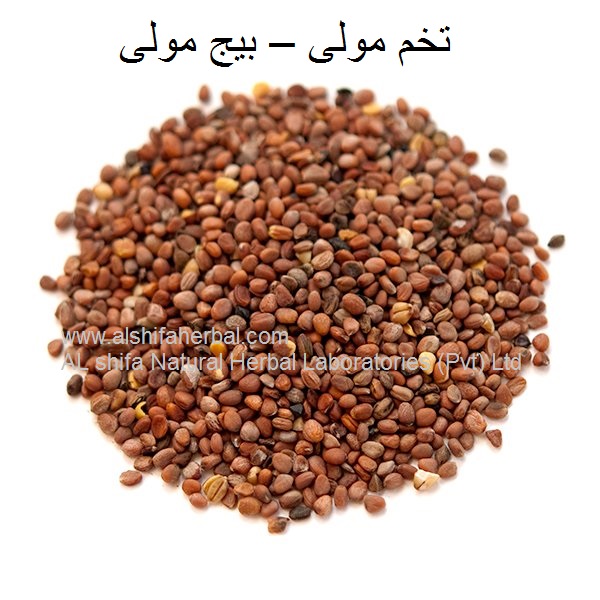
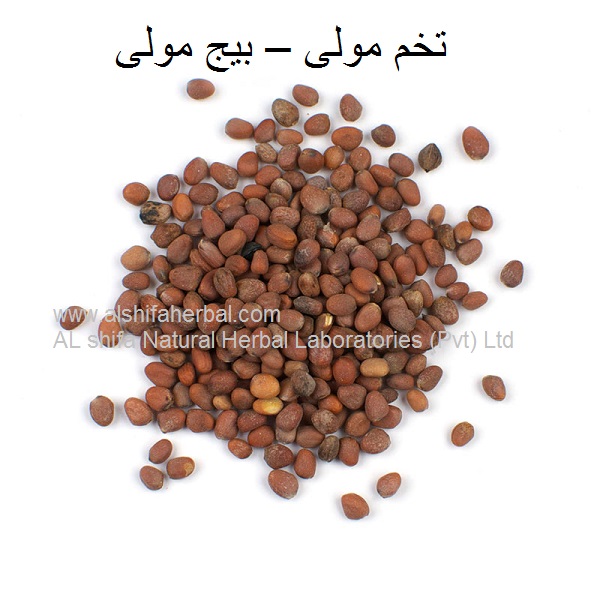
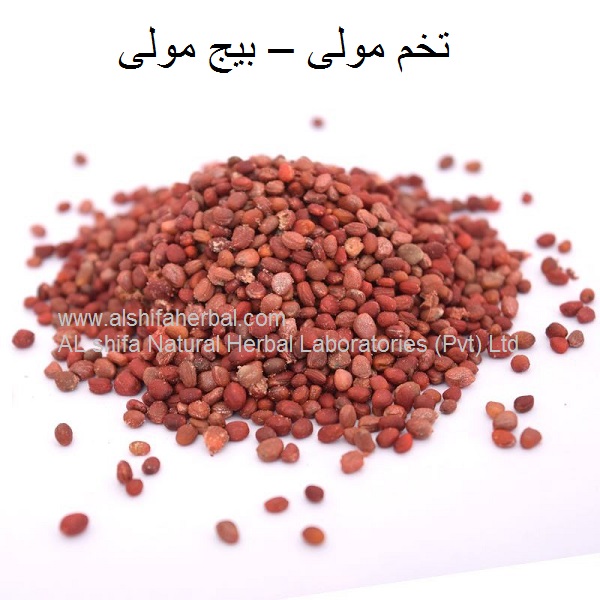
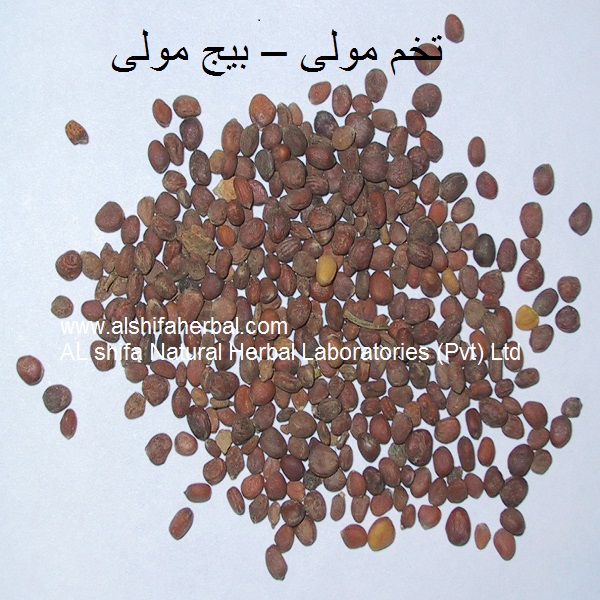
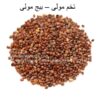
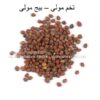
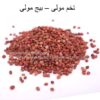
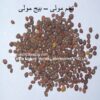

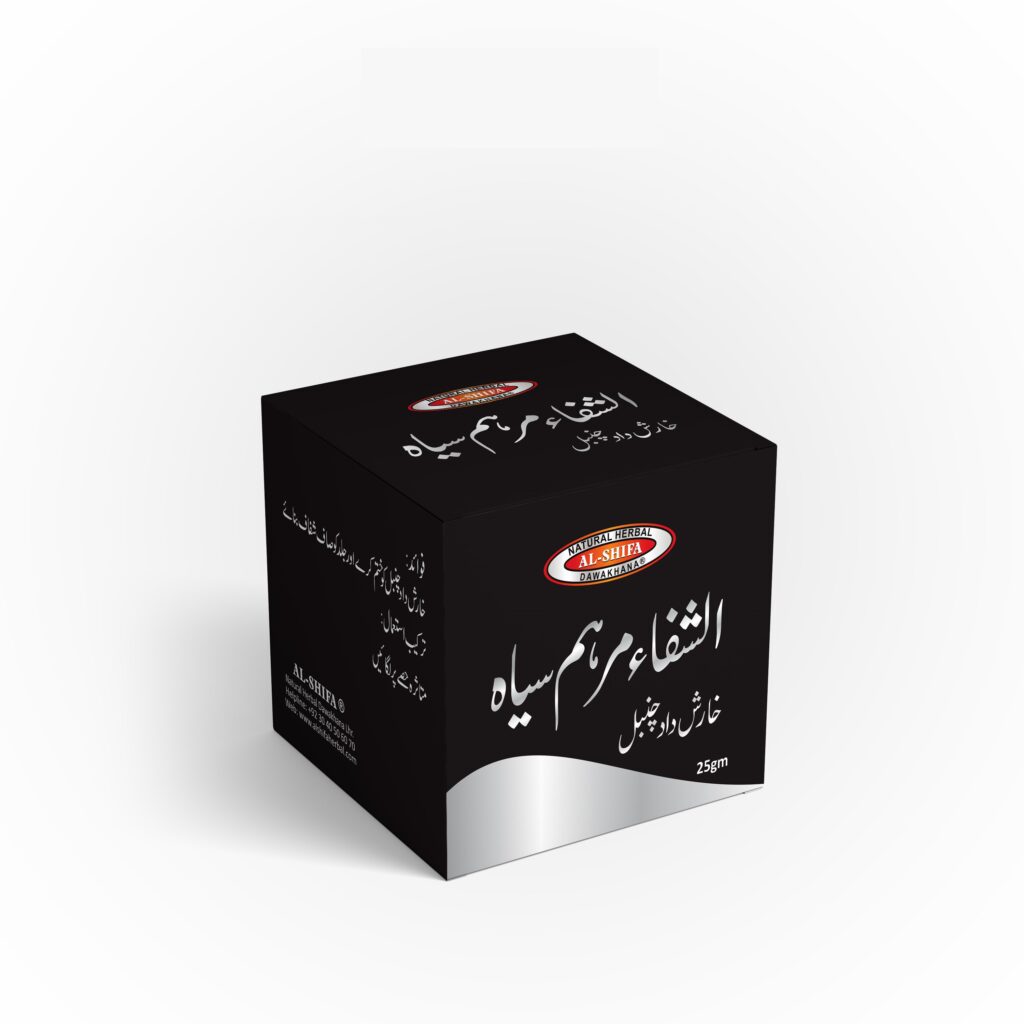
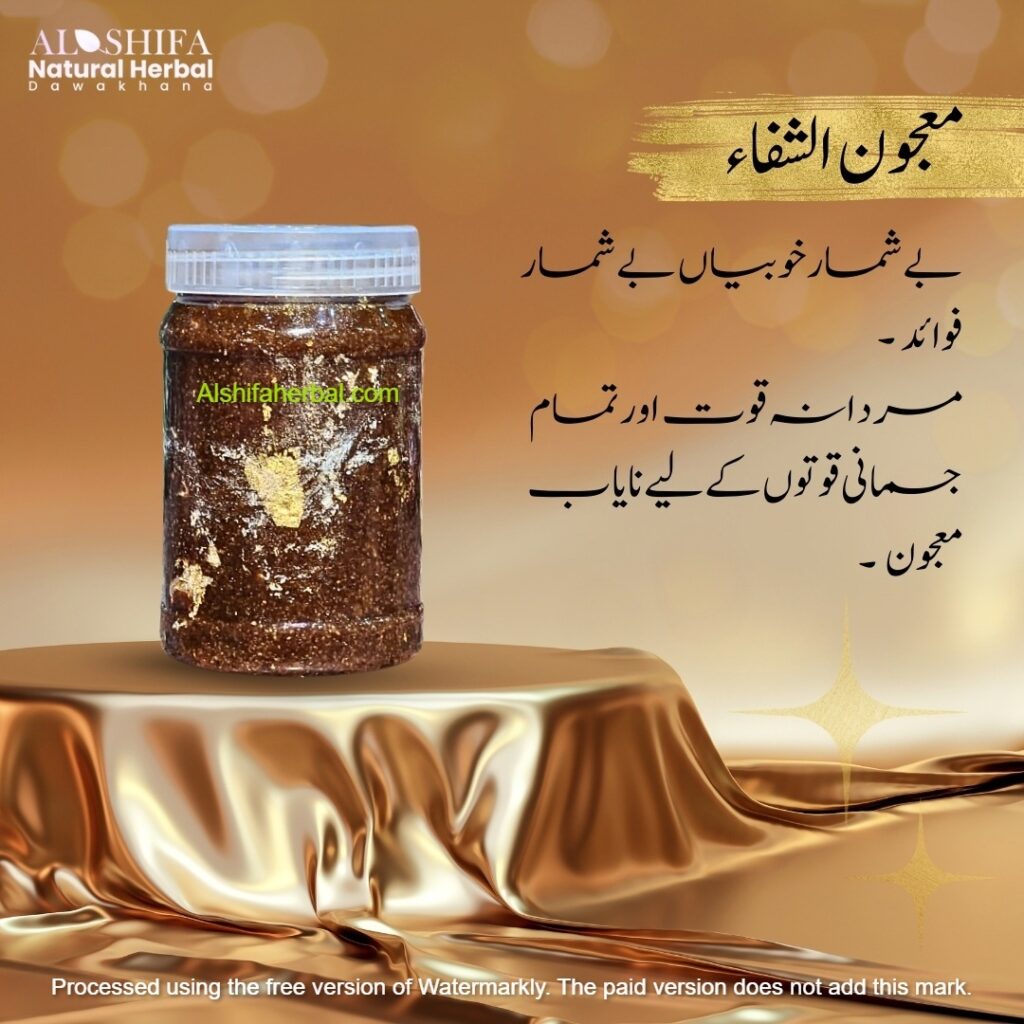
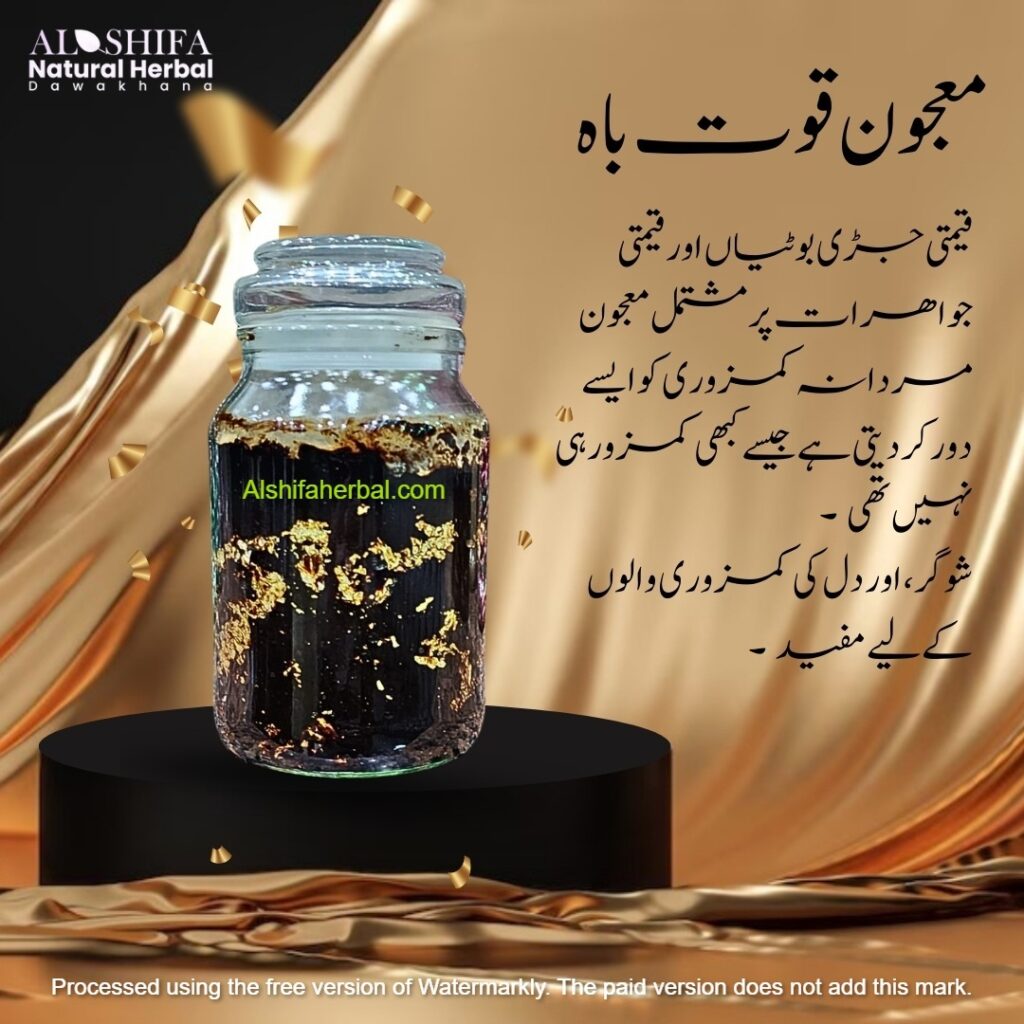
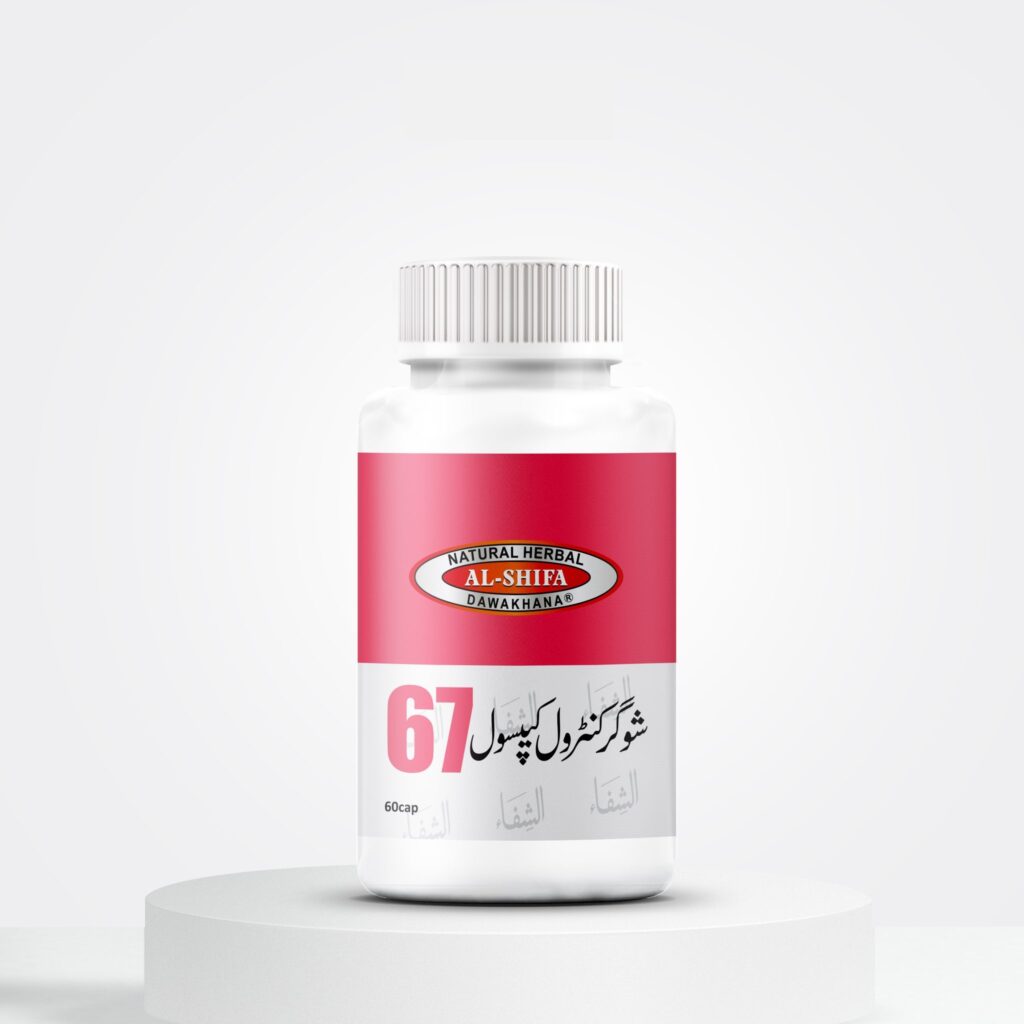
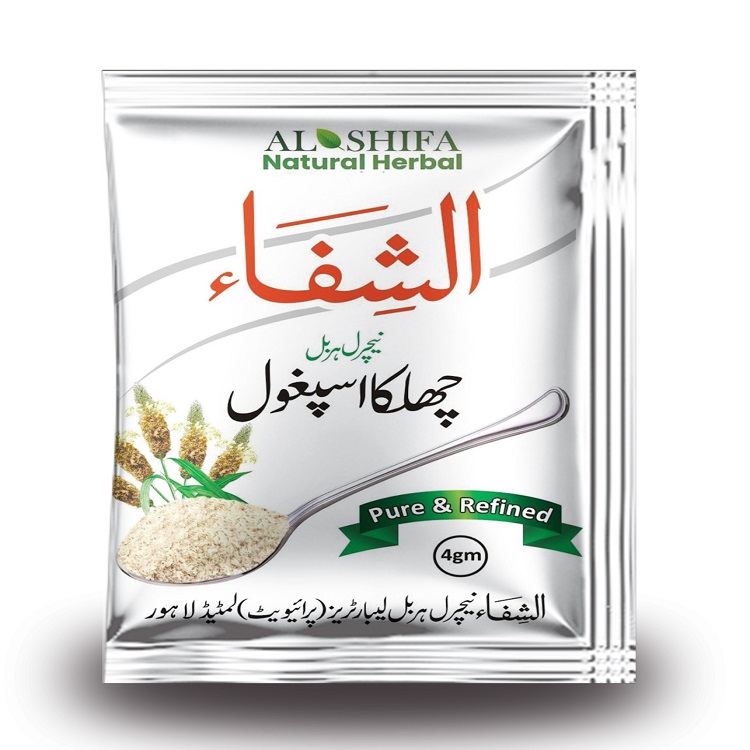



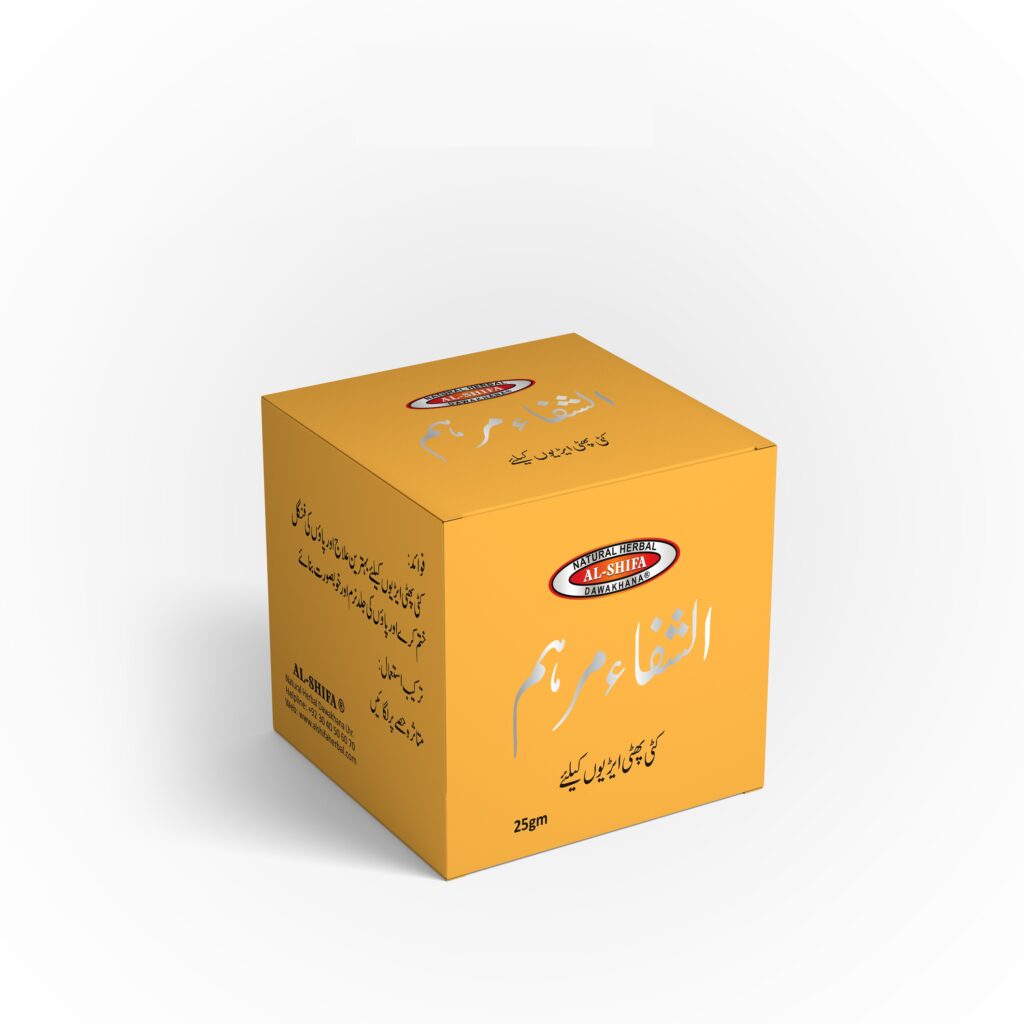


Reviews
There are no reviews yet.